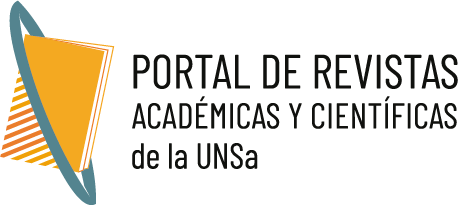Performance of anisotropic corrections for diffuse irradiance measured by the meo shadowring method applied for hourly and daily energetic time partitions
Resumen
The objective of this paper is to apply and verify the performance of the anisotropic correction model developed for the MEO diffuse solar irradiance in the integrated valúes of the hourly and daily diffuse solar irradiations. Global, diffuse and direct irradiations from 1996 to 2005 were provided by the Laboratory of Solar Radiometry of Botucatu- UNESP. The anisotropic correction was developed for instantaneous valúes (5-minute-mean partition in W/m2) and applied to the integrated valúes on hourly and daily energetic time partitions. The validation was performed by the MBE and RMSE statistical indicators and slope of the correlation between the shadowring and reference diffuse irradiations. It was found that only the application of the geometrical correction was not sufficient to adjust the valúes of the MEO shadowring diffuse irradiations. The joint application of geometric correction and the anisotropic correction as a function of atmospheric transmissivity Kt significantly reduced the difference between the hourly and daily reference and shadowring diffuse irradiations, with a difference less than 0.8% between hourly valúes and less than 1.3% between daily valúes. The use of the geometric correction and the anisotropic correction significantly improves the precisión of MEO shadowring method for measurement the diffuse solar radiation, representing a viable altemative for radiometric stations with limited financial resources that monitor hourly and daily diffuse radiation.
El objetivo de este trabajo es aplicar y verificar el desempeño del modelo de corrección anisotrópico desarrollado para el MEO radiación solar difusa en los valores integrados de las irradiaciones em hora y día. Las irradiaciones global, difusa y directa fueron proporcionadas por el Laboratorio de Radiometría Solar de Botucatu-UNESP el período 1996-2005. La corrección anisotrópica fue desarrollada para valores instantáneos de partición y se aplica a los valores integrados en cada hora y día. La validación se realizó mediante los indicadores estadísticos MBE y RMSE entre los valores del anillo y referencia. Se encontró que sólo la aplicación de la corrección geométrica no era suficiente para ajustar los valores de irradiaciones difusas MEO. La aplicación conjunta de corrección geométrica y la corrección anisotrópica en función de la transmissividade atmosférica Kt redujo significativamente la diferencia entre las y irradiaciones difusas referencia y anillo, con una diferencia de menos de 0,8% entre los valores horarios y menos de 1,3% entre los valores diarios. El uso de la corrección geométrica y la corrección anisotrópico mejora significativamente la precisión del método de anillo de sombra MEO para la medición de la radiación solar difusa, que representa una alternativa viable para las estaciones radiométricas con recursos financieros limitados que monitorean cada hora y día la radiación difusa.








